Which is the world’s most innovative country? Answering this question is the aim of the annual Global Innovation Index and a related report, which were published recently by Cornell University, INSEAD, a business school, and the World Intellectual Property Organisation.

The ranking of 140 countries and economies around the world, which are scored using 79 indicators, is not surprising: Switzerland, Britain, Sweden, the Netherlands and America lead the pack. But the authors also look at their data from other angles, for instance how countries do relative to their economic development and the quality of innovation (measured by indicators such as university rankings). In both cases the results are more remarkable. The chart below shows that in innovation many countries in Africa punch above their economic weight.
There are some very interesting trends in this years’ analysis.
“My country Sweden is doing well, as always”
The chart indicates that, even though China is now churning out a lot of patents, it is still way behind America and other developed countries when it comes to innovation quality.
My personal prediction though is that this is going to change soon. We work with some Chinese partners that definitely have the drive and creativity to spearhead towards the top. I am sure they are not alone.
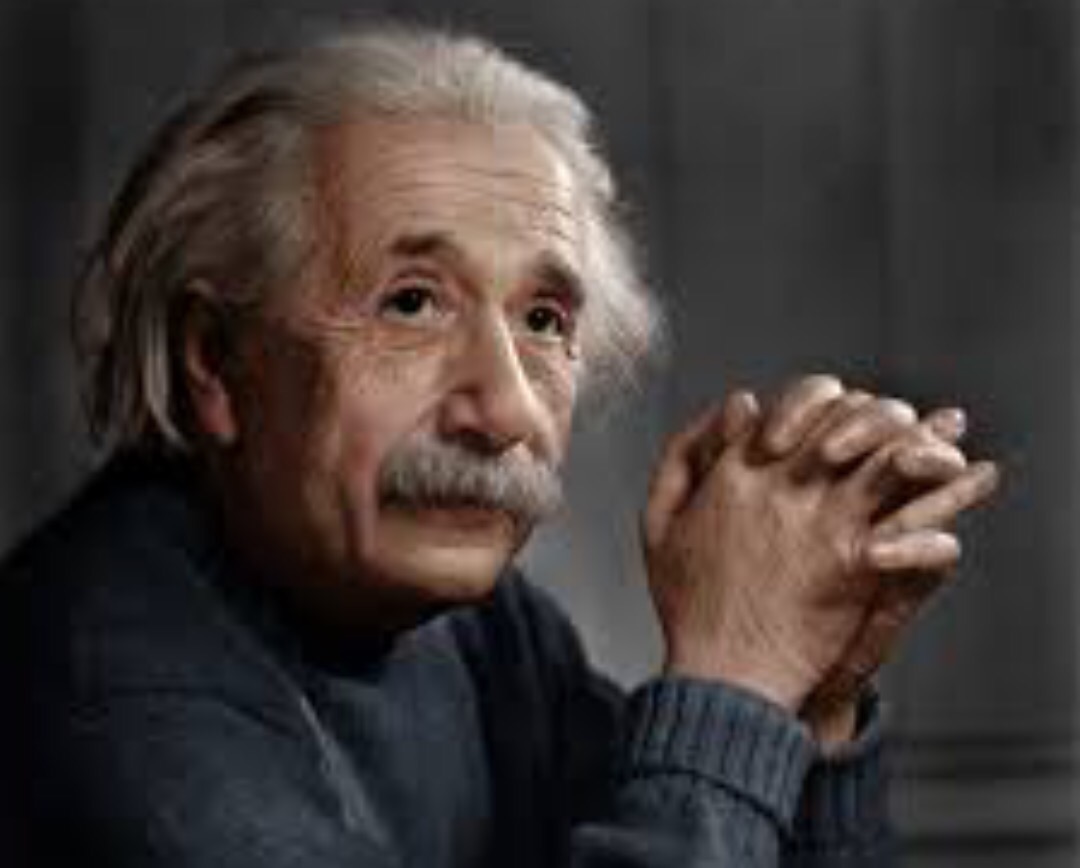
My favourite professor of all times, Albert Einstein used to say, ‘Innovation is more important than knowledge‘. I agree with him and I am happy to live in a country at the top of this list. I also do my very best to contribute to the results.
You can read the entire article and check the details of the study here (click on the link): The Global Innovation ranking
So I have entered the eye of hurricane. Rio de Janeiro, one of the most beautiful cities in the world has gone mad. It is the fever of the Olympic games that has arrived.
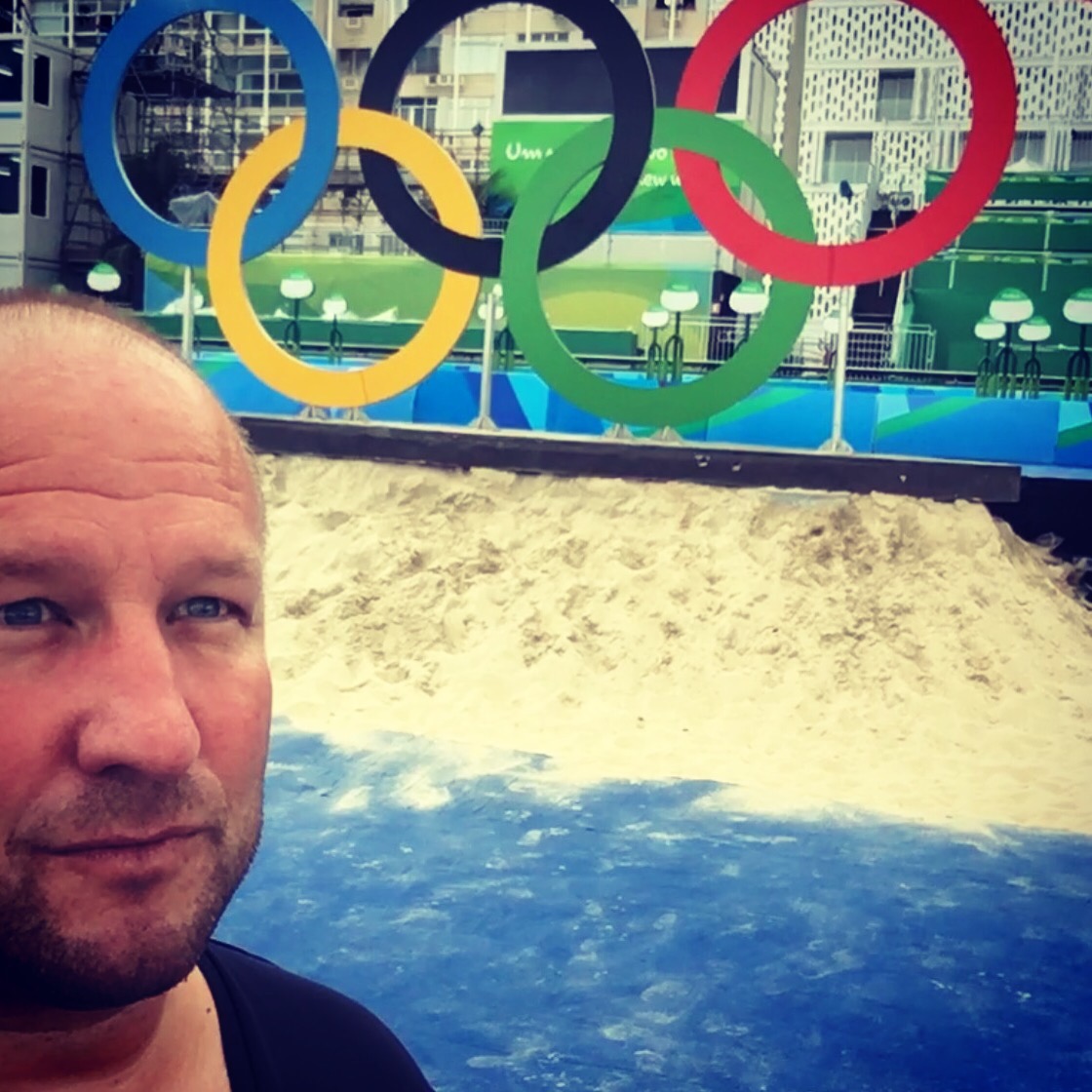 The Olympic Symbol at Copacabana
The Olympic Symbol at Copacabana
I am back in Brazil for work. The meetings take place in one of my favourite cities, Rio. Now let’s be honest, it is normally not one of the easiest cities to get around in logisticly speaking. During the Olympics? Well, it is not easier than normal.

In Rio I met a friend of mine, Patrick Ekwall, who works as host for a Swedish Olympic Television show
However I am impressed how well organized the games actually are, especially taking into account the present political situation and all the problems leading up to the games. The reason? Brazilians are just great people. And they are very proud. So they make it work. I love Brazil and the Brazilian people.
Even though I haven’t had time due to work to see many of the competitions, naturally all bars, restaurants, streets are filled with television sets and happy people warching the games.
And I managed to go to Maracana – the temple of football – to see the Olympic soccer final for women, when Sweden got a silver medal after 1-2 towards giants Germany.
“Maracana is the best football stadium in the world. It is magic”.
I also saw some of the Mens’ Trithlon competition just outside my hotel door on Avenida Atlantica by Copacabana.
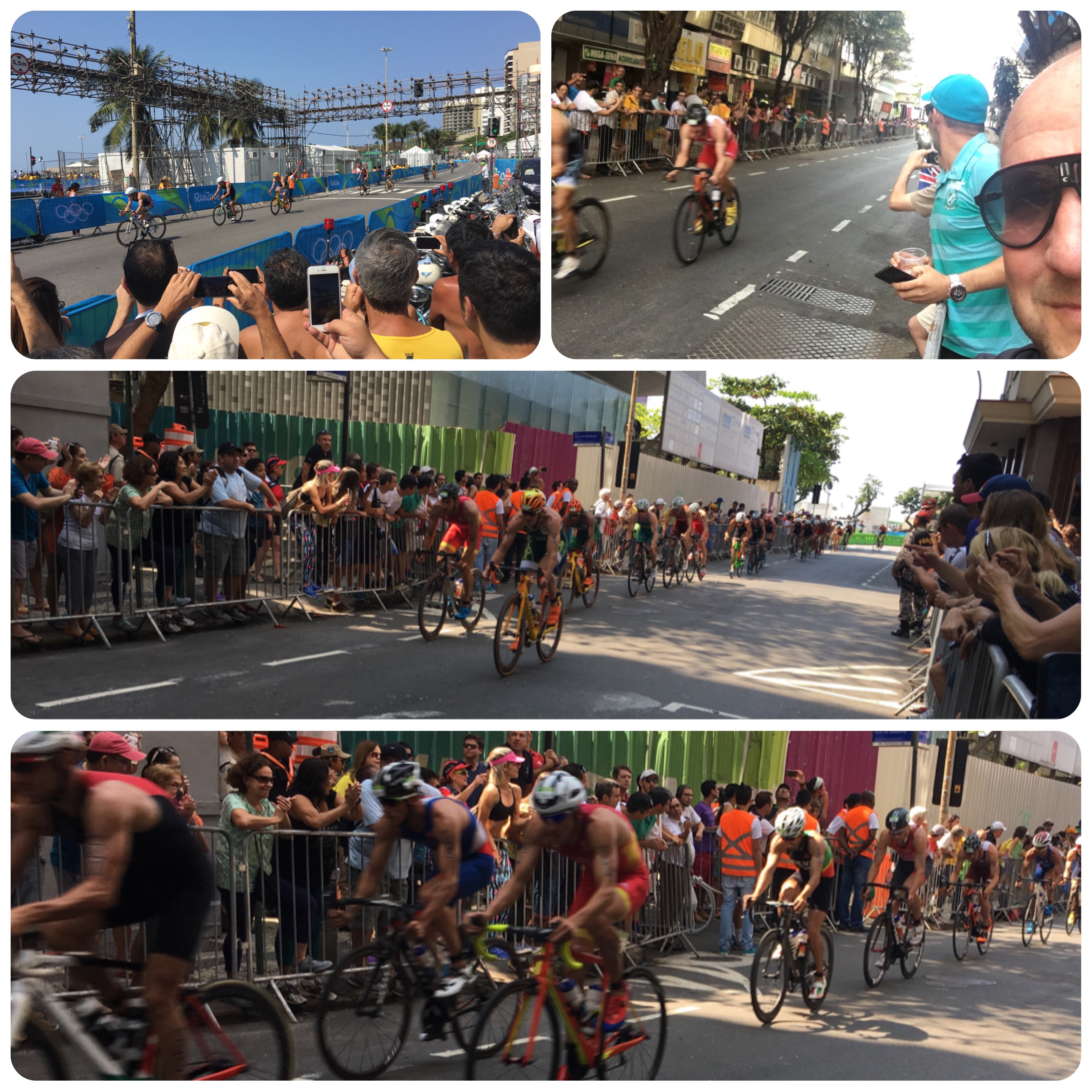 Olympic Triathlon race at the streets of Rio de Janeiro
Olympic Triathlon race at the streets of Rio de Janeiro
Also security has been great so far. Especially taking into account that RJ isn’t the safest city in the world normally, however this is more related to safety than security.
The immigration controls worked perfectly at the airports and the organization of security in the city has been better than expected. No major incidents so far – let’s pray that it stays that way. And make sure that it does.
We have talked about globalization the last twenty years. In the beginning we didn’t really know what it meant but we have now seen the globalization effects the last decade, especially in areas like movement of people and goods. There are many examples. Global crises that have impacted all of us. However there are also other macro-trends that creates new challenges as well as opportunities for the world. One of the strongest trends is the change of the global supply chain. First we had the security impact and now we see the change in trade patterns related to chane of production strategies.
International trade has more and more transformed into a complicated global value chain. Still, we hve only seen a pre-face of what is about to happen.
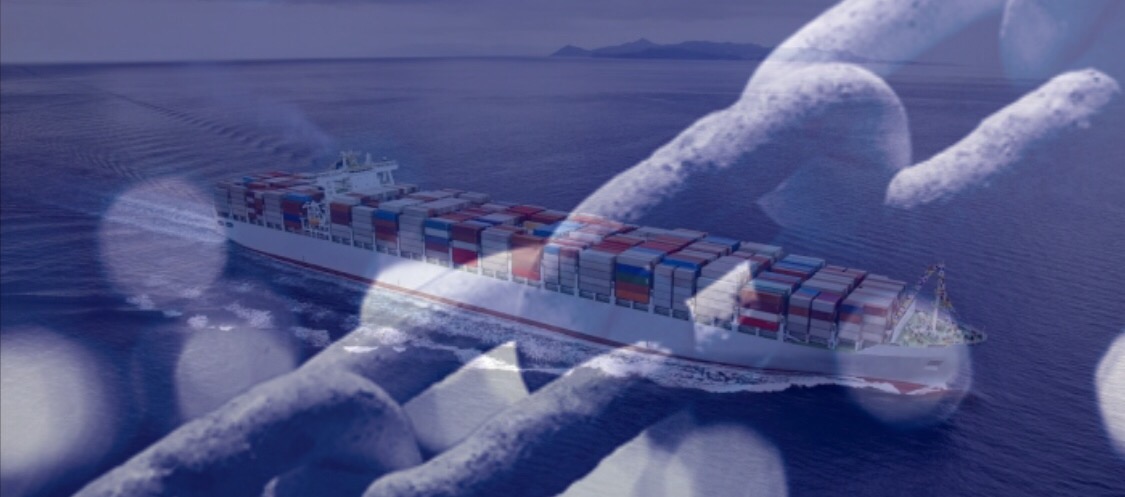
At first production was moved to low cost production countries with low labour costs. This meant that transport and logistics became more important.
Since then many of the countries involved as recievers of new production in the first wave of outsourcing, primarily in Asia, run into nearby competition with countries with even lower costs. Production moved again.
Today production is everywhere. It has moved to wherever the components can be produced with the right level of quality as cost efficent as possible.
A few years ago globalization made the landscape of production shift once again.
We are now also starting to see that some more advanced components have stayed in – or even moved back to – its original or primary production places, which again created new logistic challenges.
This change of the value chain into a more global arena was initially primarily related to high-end technical products like e.g. airplanes, computers, trucks and cars.
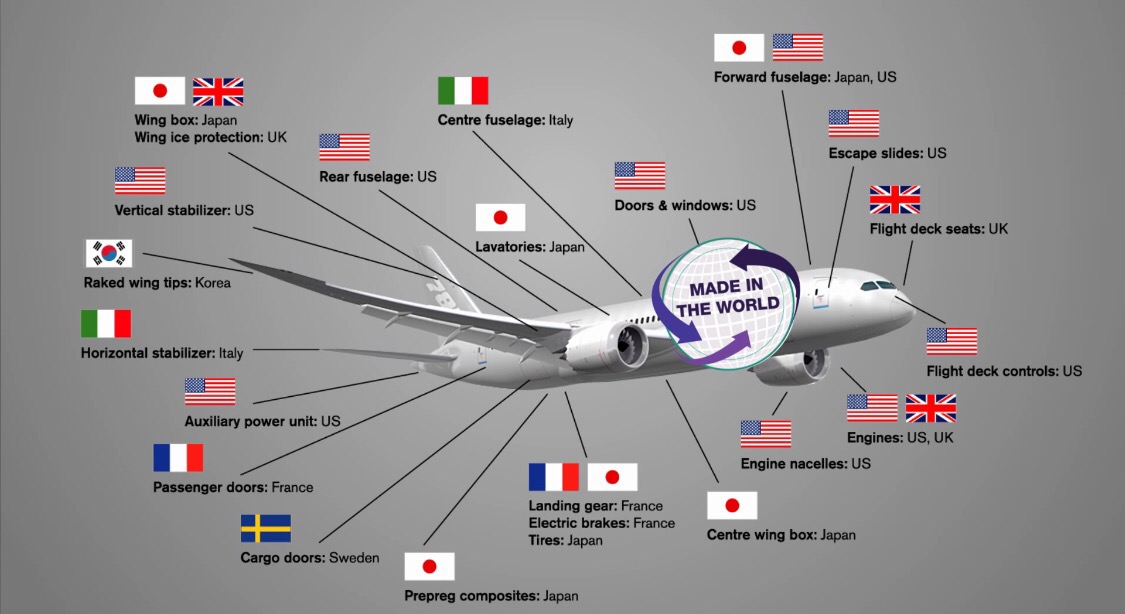
These products are also today produced within even complicated value chains than before. The new thing is that it isn’t only high-tech technical products that follow this trend anymore.
We now see more and more component based items follow the same pattern of development. This is valid for the food industry, pharmaceutical and medical products and many more sectors.
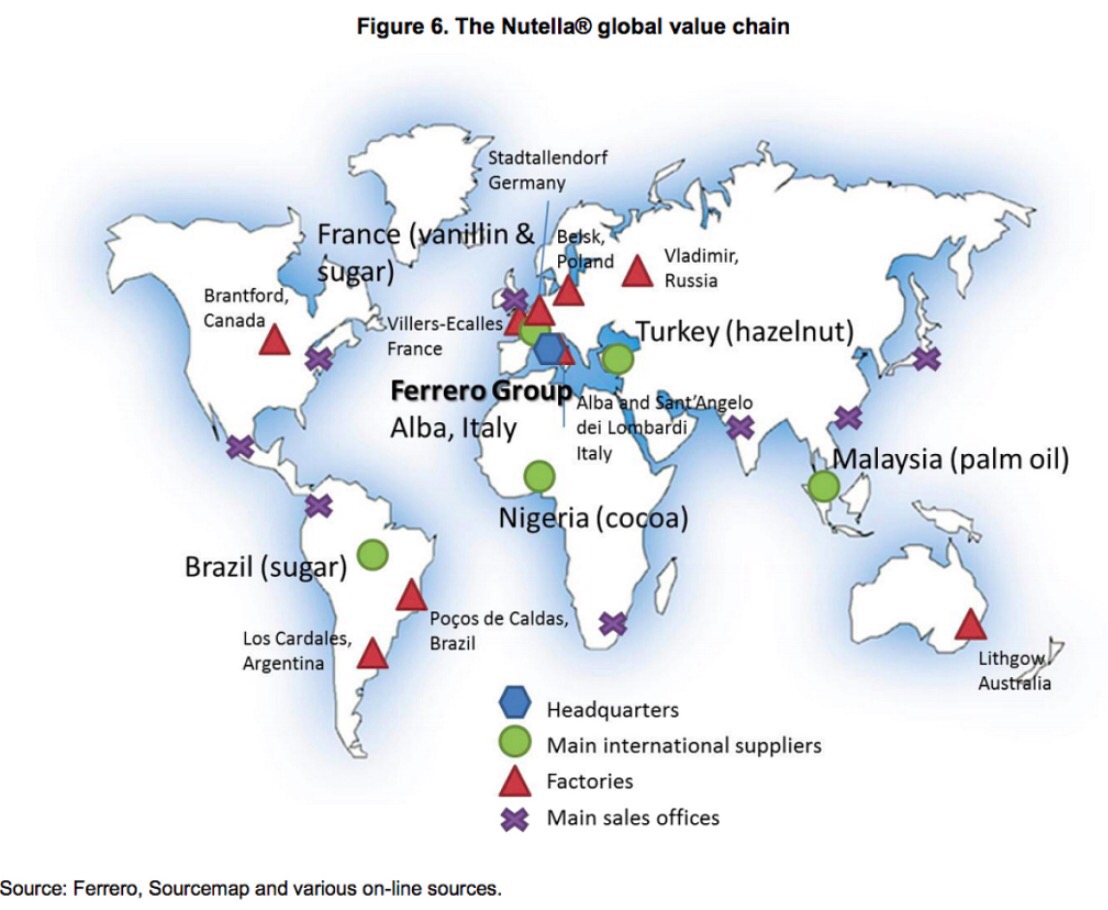
The value chain carusel has started and there is no turning back. Just get aboard!
Over the last years the global value chain development has increased enormously and there are today a wide range of products that during a production cycle travels the world several times before finally being assembled and distributed to its final consumer markets.
There are many scientific and academic studies done on this topic. As examples the World Trade Organization and Fung Institute has produced an interesting report about global value chains, ‘Global Value Chains in a Changing World’.you find a copy to the report here:
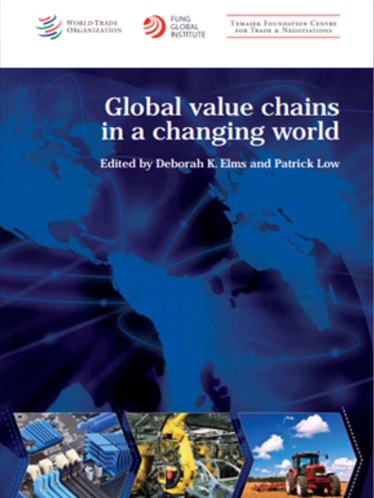
Also the Swedish National Board of Trade has produced several reports on this topic. You can find a copy to one of the report here: National Board of Trade Report
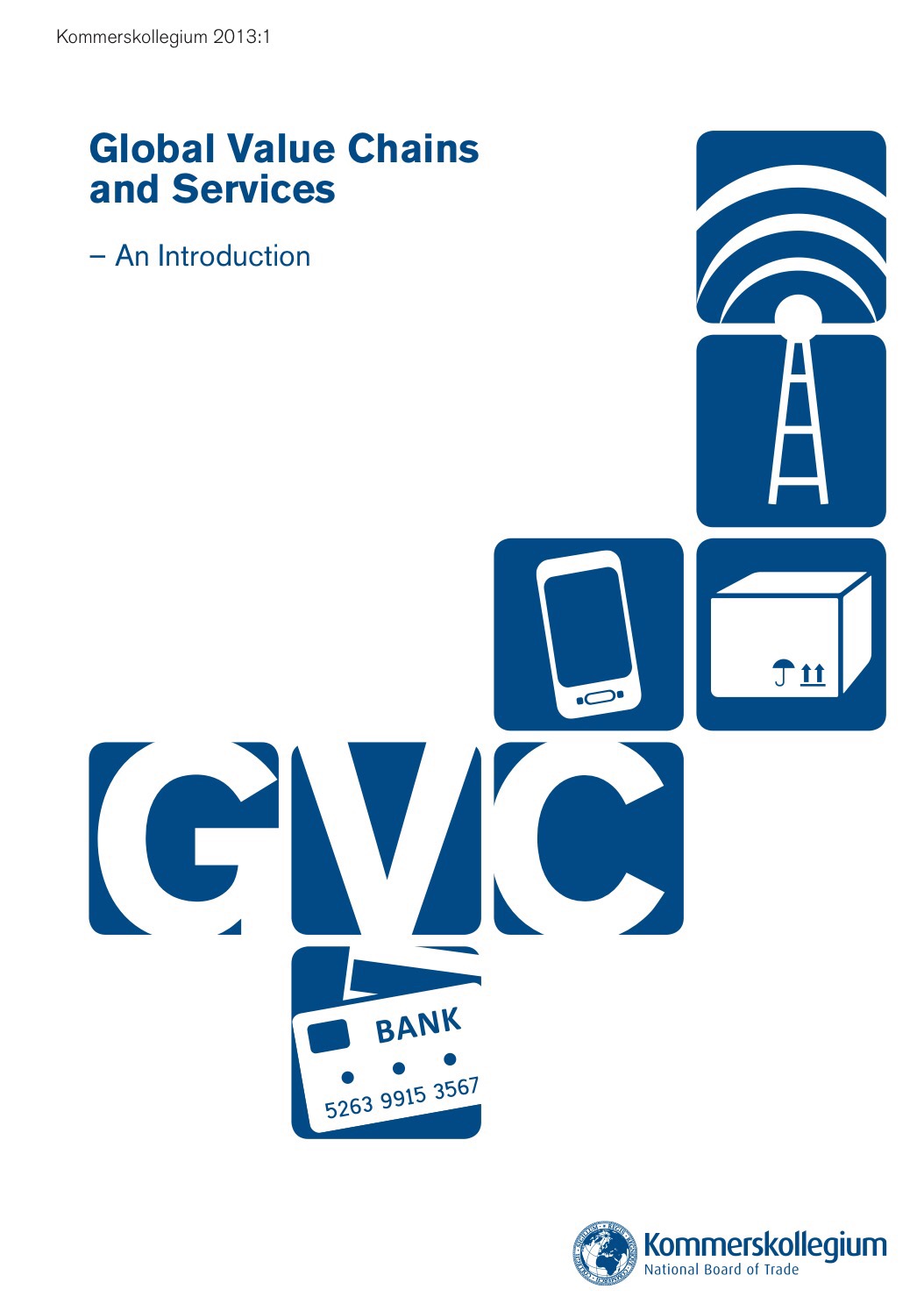
We also see new national industry strategies where countries are specializing on specific component based product lines rather than end-consumer products. It is simply better to be good and competitive at something than being bad at everything. Today politics is all about creating new jobs. The trend of less advanced products and services moving into global value chains plays a part of this as well. The better the logistic system is, more and more products can be produced in this way.
Thus there are many reasons to believe that this is just the beginning of a huge change of the entire trade environment.
This change will create enormous challenges for and demands on the entire supply chain and for all trading nations.
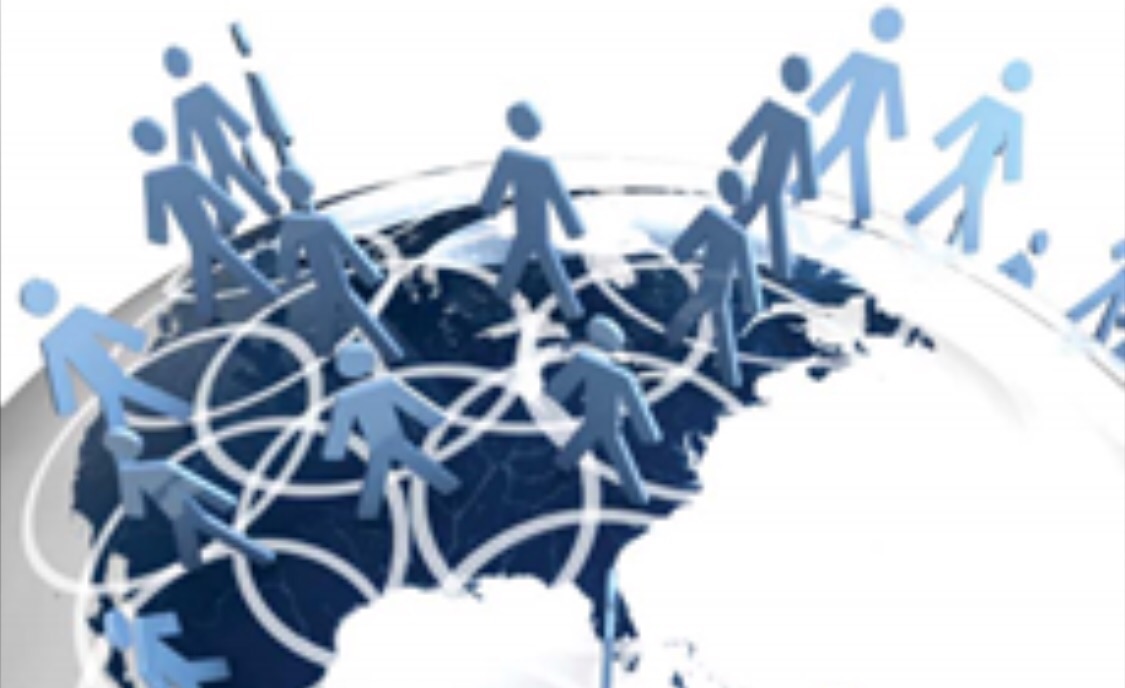
The need for international standards and best practices will increase over time.
In addition we can see that the links between movement of people and golds are getting stronger. When the value chains chabge, people related to the multinational companies involved travel more. The business travel increases, which creates challenges for people movement, VISA systems, immigration. This in a time when we see huge international challenges related to people movement all around the world.
So what does the development of new trade patterns and global value chains mean for Customs and Border Agencies ? It means everything.
This is an entirely new type of world we are starting to see, where the demands for predictability and speed are totally different and much higher than before.
Also service providers acting in the global supply chain will have to re-think their service portfolios, service levels and even business models to survive in the future.
Modern concepts like e.g AEO, SW, OSS, Big Data Cloud solutions and data superhighways will be mandatory. The WTO TFA is a platform for this new world.
We will have to ensure that these concepts will not become new non-tariff barriers for emerging economies, but instead bridges to a more inclusive world trade.
In addition international institutions need to take lead on this development and they need to do it now. Not tomorrow or in the future, but right now. We need a new paradigm for international trade and the movement of people/goods – and we need it now.
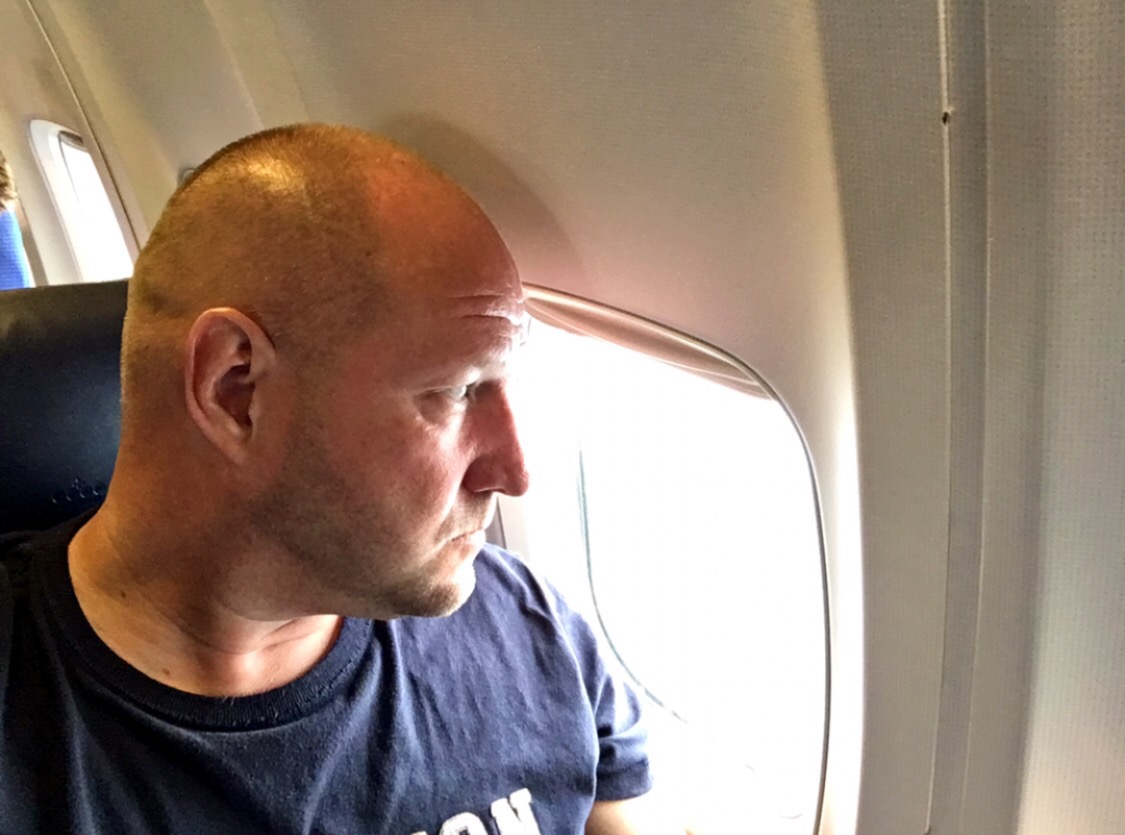
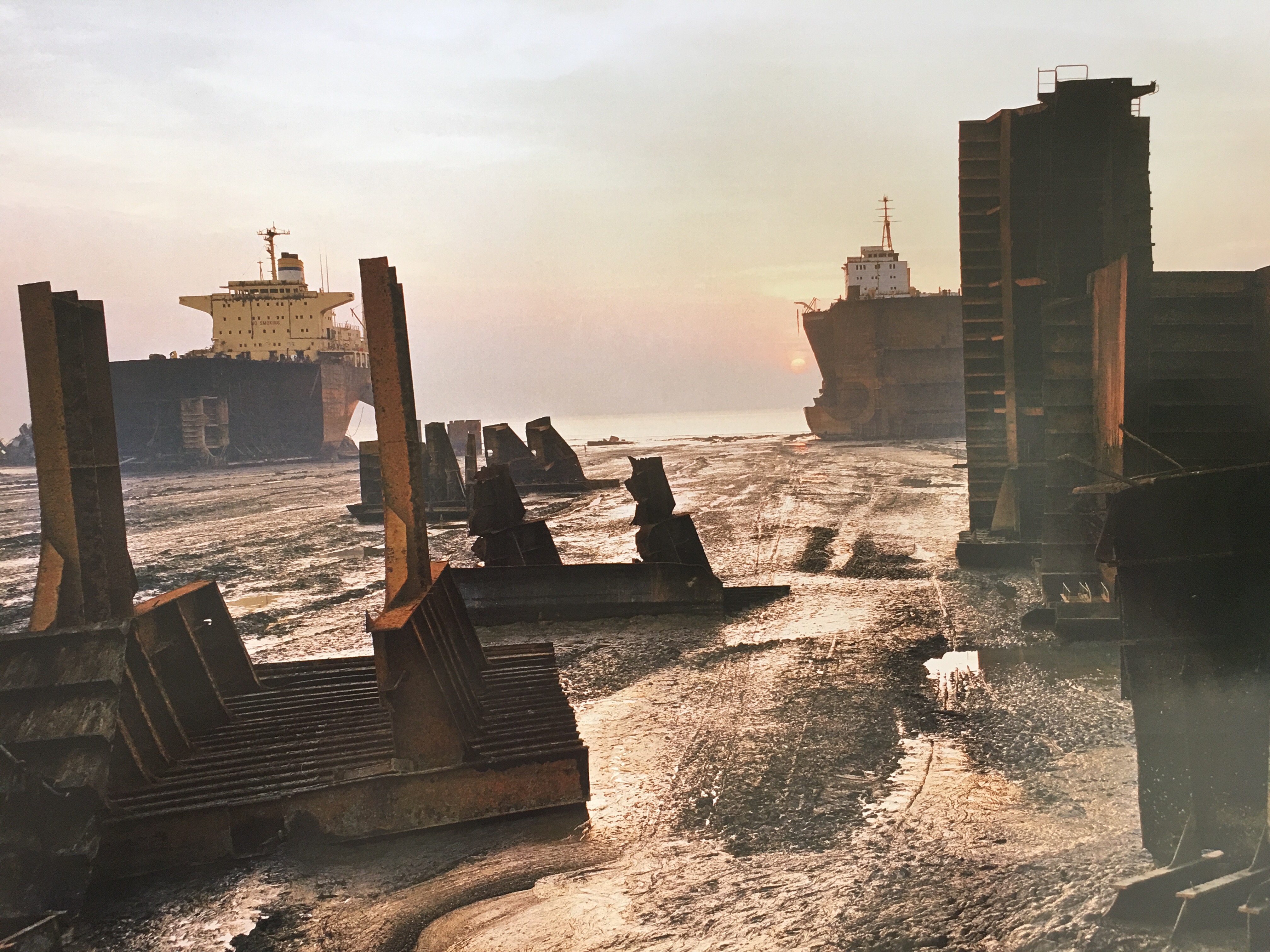
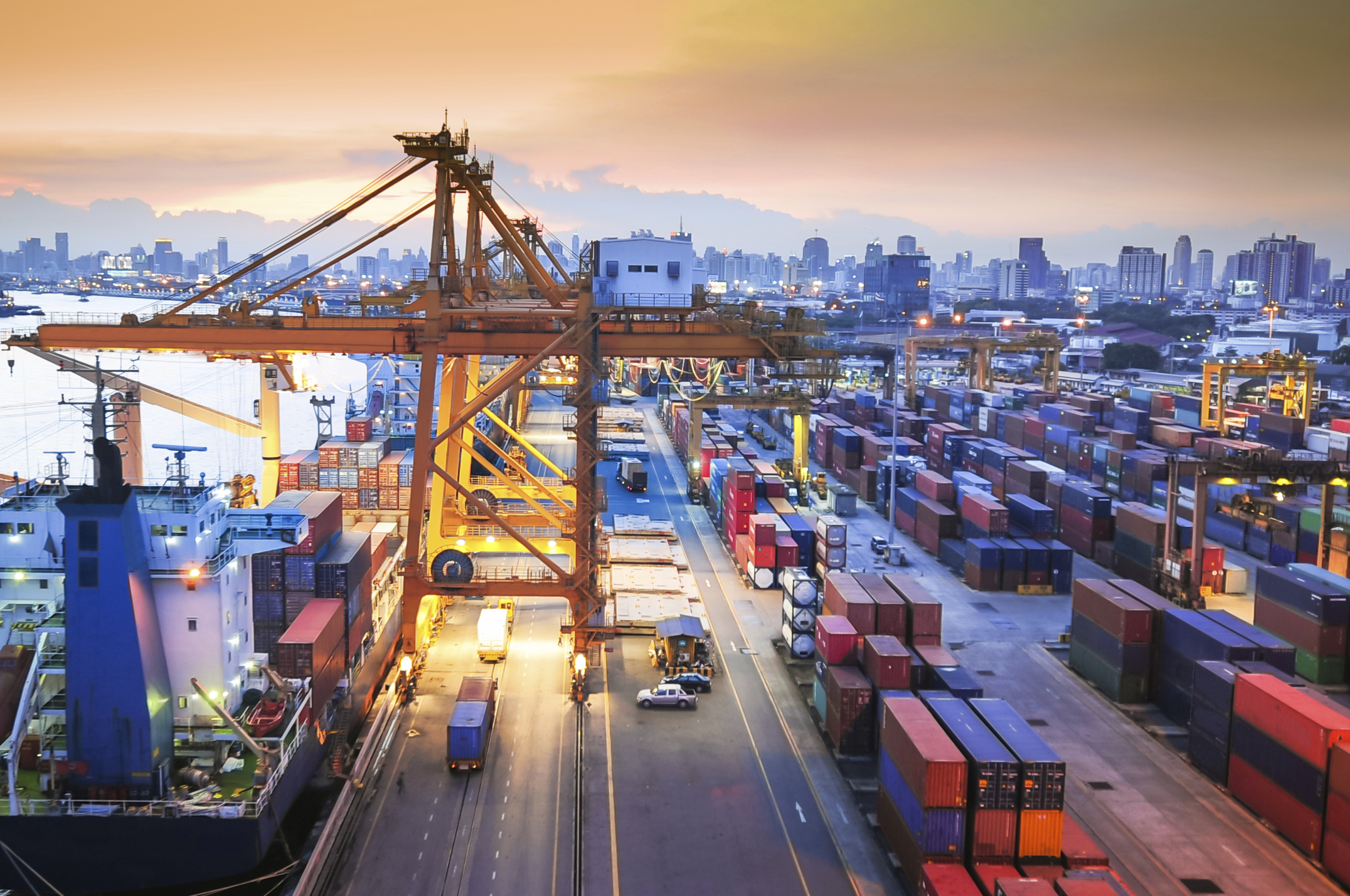
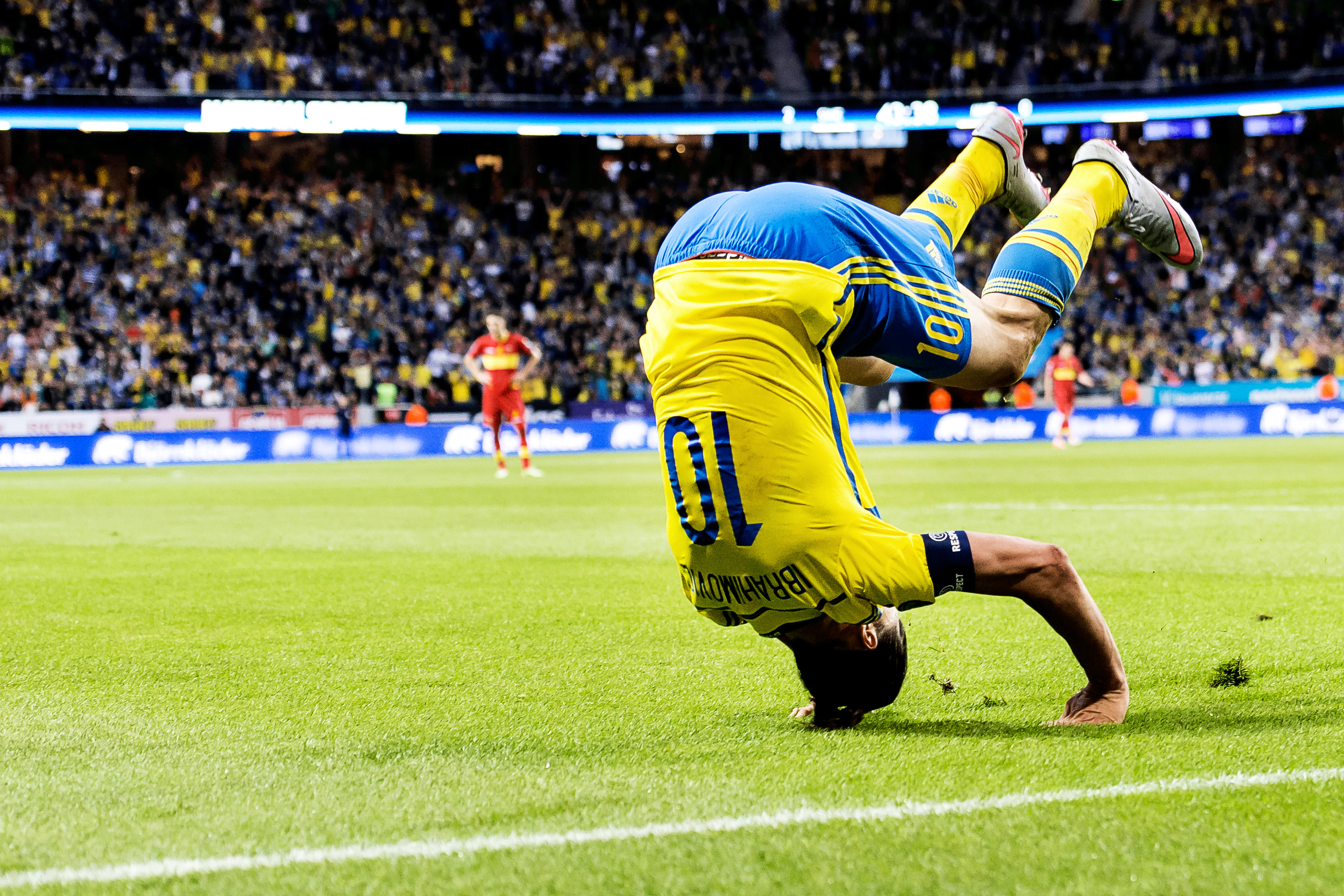
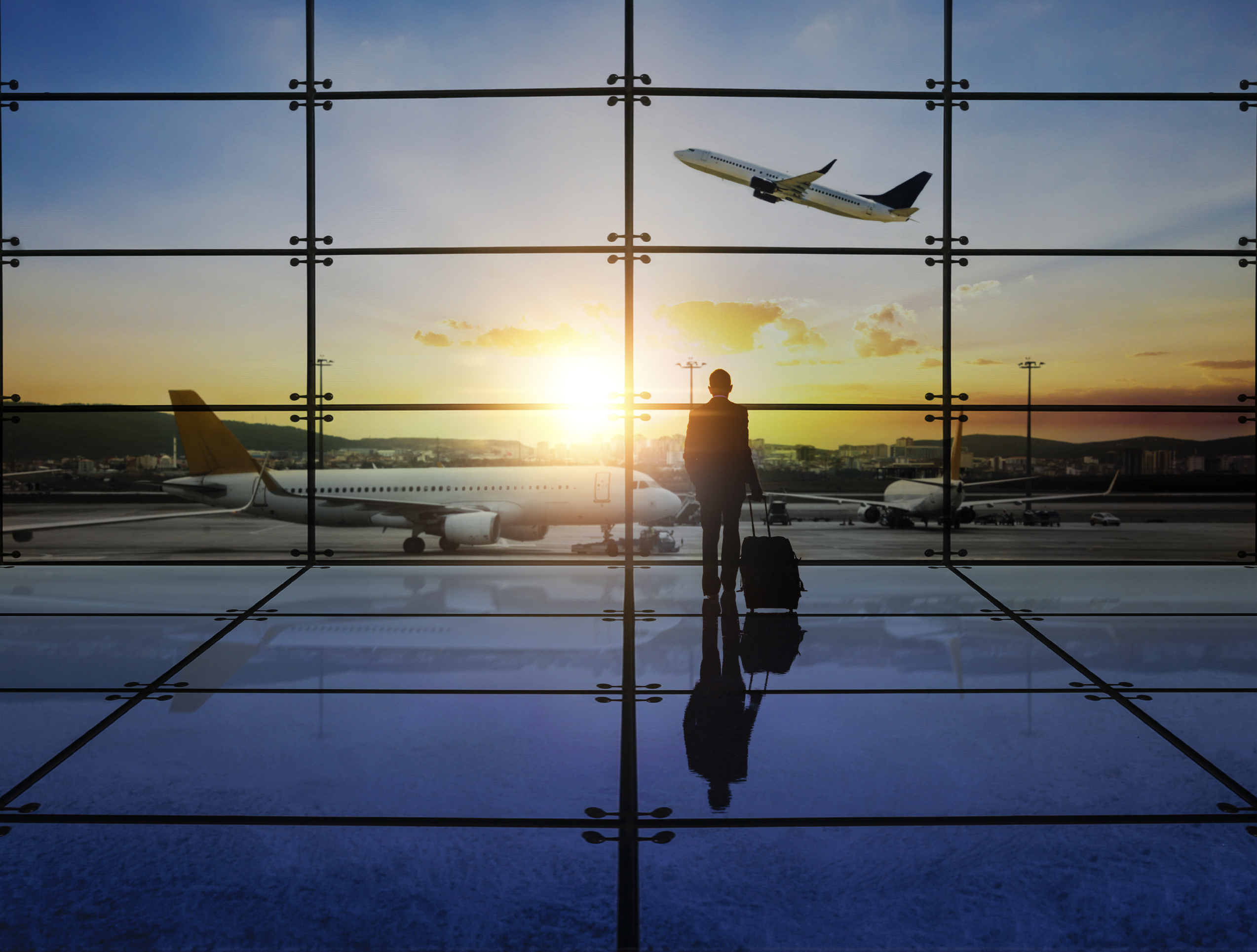
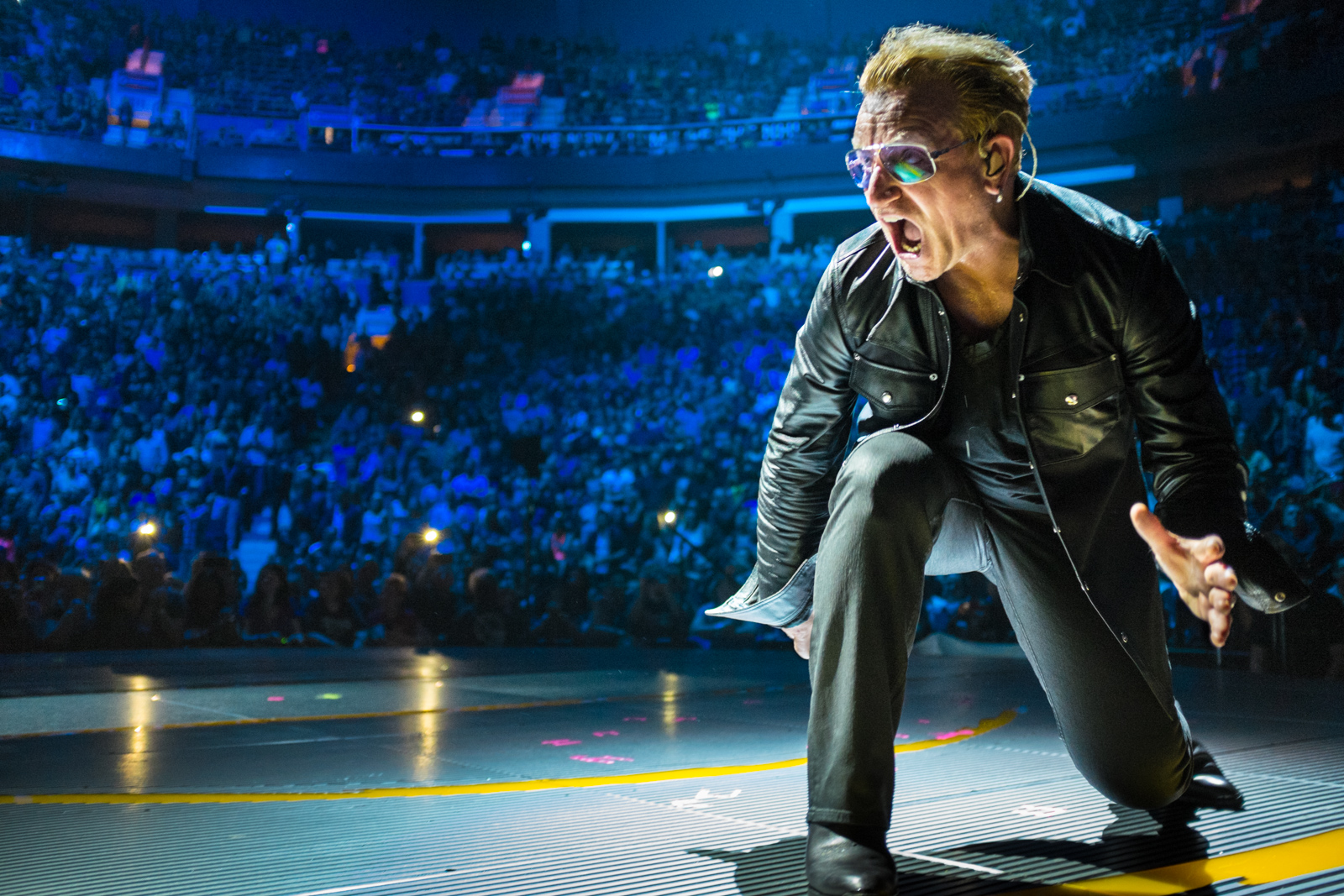
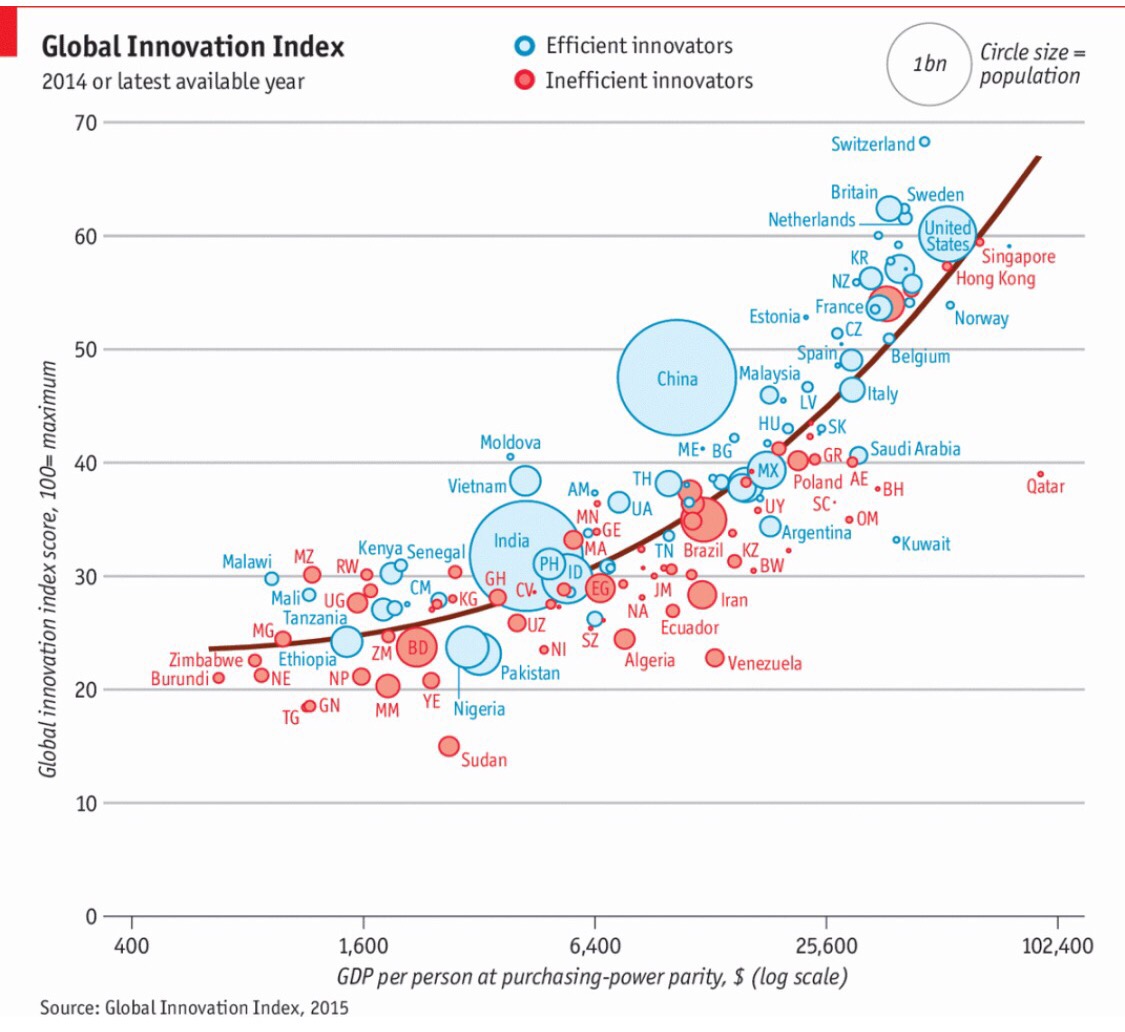


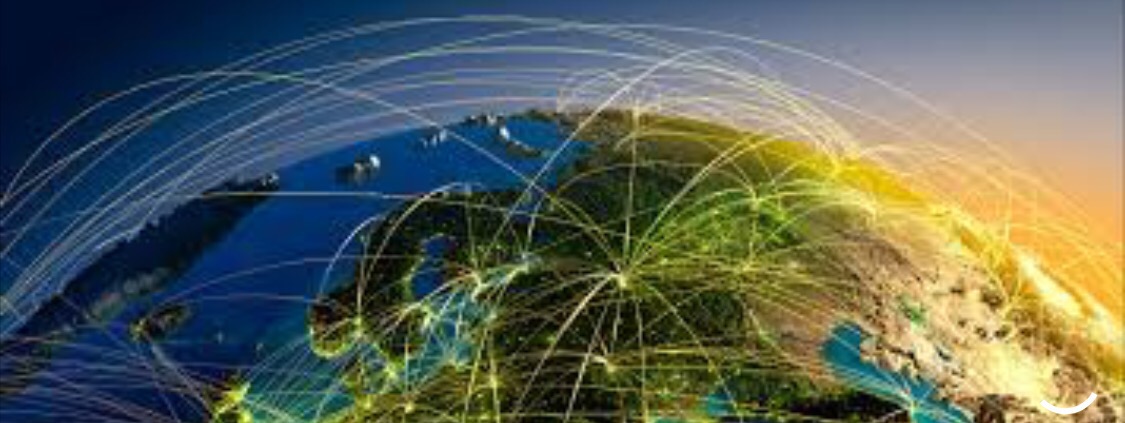
You must be logged in to post a comment.